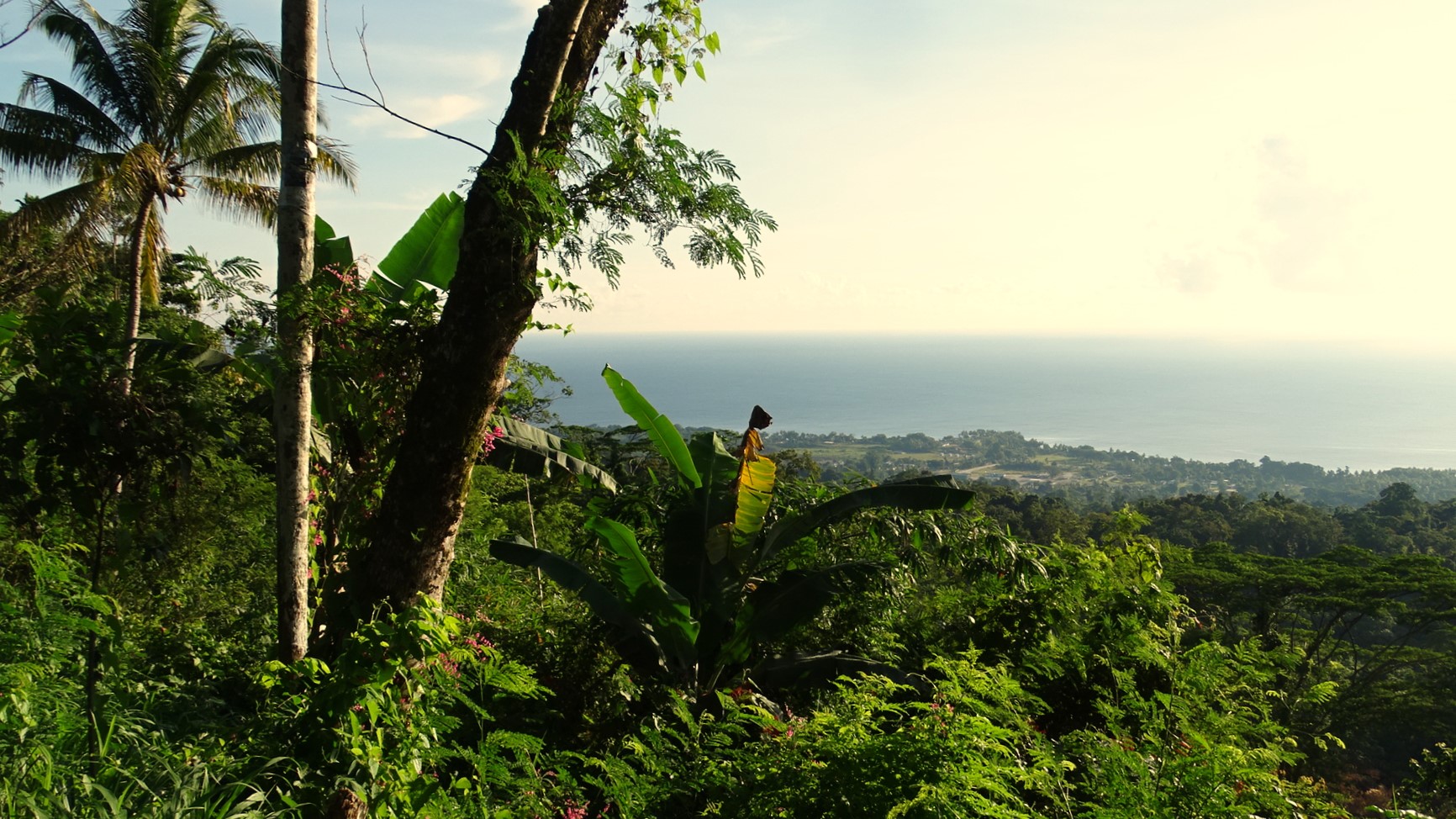Our Vision
Access to reliable, clean electrical energy will become an everyday reality by 2030 for most Church institutions in remote rural areas and their communities. This will improve the education and healthcare situation, open up new economic opportunities and change people’s daily life in remote rural areas.
SolSol’s project sponsor, the Evangelical Lutheran Church of Papua New Guinea (ELCPNG) operates approx 600 schools on behalf of the government, some 20 adult training seminars, and more than 60 health centers and hospitals in remote rural areas of PNG. These institutions suffer greatly from the lack of reliable electrical power supply and struggle daily to fulfill their main objectives.
The SolSol project shall provide reliable, clean energy to 20+ institutions in remote rural off-grid areas to bring light and hope to the people. To present, these communities have been left in the dark, relying on costly and unstable energy sources. With SolSol, reliable access to clean electrical energy shall become an everyday reality for many Church institutions and village communities in remote rural areas of PNG.
Mission Statement
As a tropical country, PNG has abundant sunshine hours and therefore great potential to produce clean electrical power locally in the rural communities by using small self-contained solar power stations on a village level. This increases the resilience of remote communities and reduces the risk of power cuts and outages due to long transmission distances, weather effects and impacts of landslides or earthquakes.
The locally installed solar stations shall be equipped with sufficient battery storage capacity to ensure a stable supply of energy for the community’s daytime and night-time usage. This allows the community to establish and maintain a lifestyle of basic comfort and enables use of electrical lighting, electrical household appliances, refrigerators and cooling systems to preserve fruits and food in healthy and edible conditions for extended periods of time. Reliable access to electrical energy provides increased levels of security for girls and women by operating night-lights in public spaces, enables students to pursue their studies after sunset and allows community members to engage in new business activities and develop new sources of income involving electrical devices.
The Concept
Young people in the communities – boys and girls equally – are trained to maintain and operate the installed solar power stations, securing the independent power supply for their communities. The solar power station provides a basic level of comfort to the community, such as lighting for family houses and public spaces, energy for water pumps and security lights at night-time.
The concept applied by the SolSol project has three main components:
- A technical component: the solar system
This includes the power-house with solar panels, inverters and battery storage systems. A distribution network spreads the energy to the different sections of the campus. Power distribution boxes near the user’s houses include chipcard-operated prepaid meters to measure the used energy.
- A social component: the solar power station as a community asset
The community commits to treat the installed solar power station as a common community asset and to maintain it in good health conditions over its lifetime of expected 15-20 years. The solar power station shall be operated, maintained and repaired by trained local staff provided by the community and will be supported remotely by a skilled and trained engineering team in ELCPNG’s headquarters.
- An educational component: Engineering School
Young women and men of the community will be trained on the essential skills of operating, maintaining and repairing the solar system to keep it in stable operational condition to provide expected levels of energy supply. The training courses will include installation and electrical cabling according to industry standards (AS3000), maintenance and troubleshooting, quality checks and controls and a simple system of internal energy management, whereby the main objective is to quantify the usage and trends, allocate energy quota to users and to raise awareness for the value of available energy.



